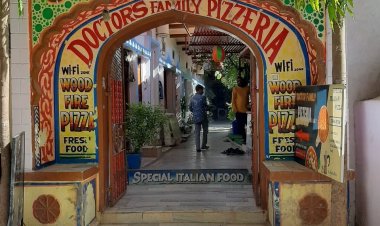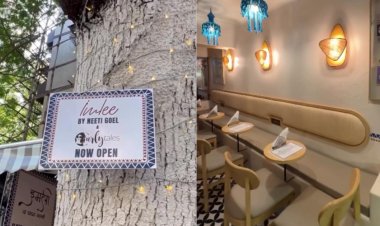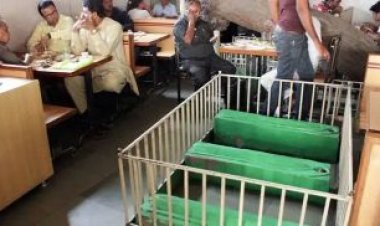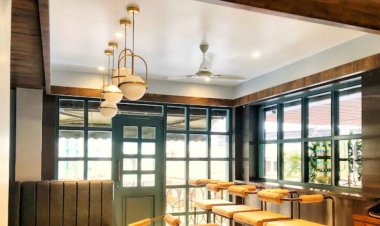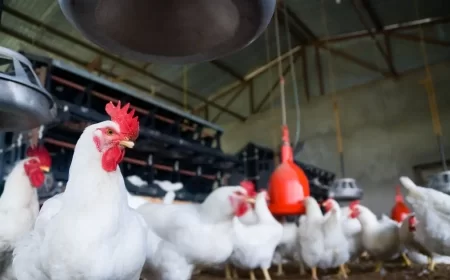Despite 100% Inflation, Restaurants in Argentina Remain Crowded. How is it Possible?
Check how restaurants in Argentina manage to attract customers and thrive despite the country's high inflation rate. Explore the strategies and factors contributing to their continued success.

BUENOS AIRES: Wine glasses clinked within a renovated art nouveau culinary masterpiece. Beet tartare, pan-seared squid, and a faultless rib-eye floated out of the kitchen on sampling night at the more than 100-year-old coffeehouse turned restaurant inside the former Buenos Aires zoo, followed by a velvety chocolate mousse.
Aguila Pabellon is the 17th restaurant Pedro Diaz Flores has created in Buenos Aires in the last 18 months. “We are betting heavily on the opportunity of the food scene in Argentina,” he stated. Argentina’s metropolis, Buenos Aires, is home to a thriving international culinary culture. If Argentina were not now experiencing a severe financial crisis, this would not necessarily constitute news.
The street value of the Argentine peso has plummeted, falling roughly 25% over a three-week period in April. Inflation is at over 114%, the fourth highest rate in the world.
However, the rise of the restaurant sector is being driven by the peso’s decline. The middle and upper classes are eating out more frequently, and restaurateurs and chefs are investing their profits back into opening new restaurants as a result of Argentines’ desire to get rid of the currency as soon as possible.
Jorge Ferrari, a restaurant entrepreneur, remarked “Crises are opportunities.”
Since 2015, Buenos Aires has tracked the number of plates served at a sample of restaurants each month. The city has been attempting to promote its culinary sector. According to latest data for April, restaurant patronage is at a record high and 20% more than it was at its peak in 2019, before the epidemic. The boom is only a front. Argentines struggle to make ends meet in many parts of the nation, and hunger rates are rising.
In more affluent circles, the rush to go out is a sign of a declining middle class that is opting to live in the now because they fear their money may not be worth much in the future since they can no longer afford larger purchases. According to Ferrari, it is consumption done for immediate delight and fulfillment.
What's Your Reaction?
 Like
1
Like
1
 Dislike
0
Dislike
0
 Love
0
Love
0
 Funny
0
Funny
0
 Angry
0
Angry
0
 Sad
0
Sad
0
 Wow
0
Wow
0























